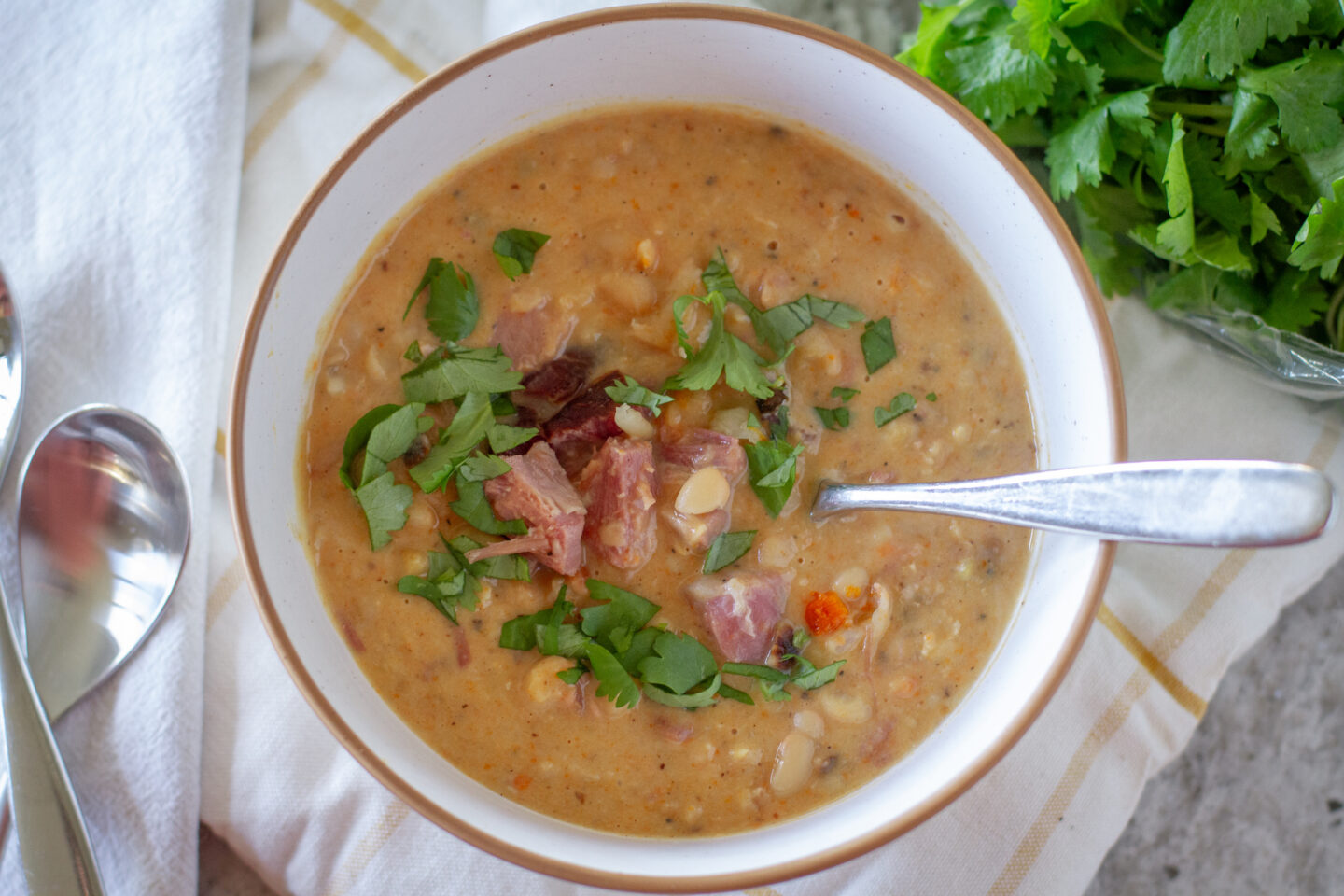
I am loving all these dry bean producers I’ve had the pleasure of featuring! I honestly didn’t even think of the many varities of beans we have on the grocery store shelves thanks to these hard working farmers! Lisa and Frank grow dry beans (specifically navy & black turtle beans) along with corn and wheat. I decided to make a navy bean soup with a ham hock. It took some time, but it was simply delicious and took on that great ham flavor!
Szymanski Seed and Grain
Lisa and Frank Szymanski
Port Austin, MI
Personal History
- When did you start farming? What brought you into farming?
My husbands grandparents bought this farm in 1942. I married my husband in August 2008 and became a full time farmhand.
- Who farms with you and what are their roles?
My husband and I farm with our 3 children (Luke,5 Grace, 4 Faith 2 ½) in conjunction with his parents, sharing labor and equipment. We also sell Pioneer brand seeds.
Farming
- What has been the hardest part of farming for you?
For me as a new farm wife the hardest part was learning how to balance a budget when we only get paid 1 time a year. I love numbers and bookkeeping but starting out it was a little unnerving.
- What has been the most satisfying part of farming for you?
The most satisfying part has been living on the farm with my husband and his parents and watching our children grow up here. I love how excited my kids get when they get to help in the shop or ride in the combine. Our 5 year old can probably tell you more about our equipment than some equipment salesman.
- What crops (or animals) do you grow and why?
We grow corn, wheat, and dry beans. (Navy and Black Turtle beans). Having a crop rotation is very good for our land and we live right by the lake in a very unique micro climate that allows us to a grow specialty crop like dry beans that can sometime give us an economic advantage.
- What do you think was the most useful advance in farming such as machinery, genetics, chemicals, etc?
Definitely genetics. Being able to have plants with traits that can withstand a wetter, cooler spring ~Which we experience here by the lake~ has helped increase our yield potential and lessen the chances for a crop failure.
Food
- What is your favorite thing to do with a food crop you grow?
The first pot of bean soup in the fall always tastes the best! We use beans right from out of the field and soak them in water overnight. Then cook them in a big pot with veggies and ham. A trick with beans is that the more times you rinse and soak them the less “gassy” they will be.
Future of Farming
- What is one message you’d like to get across to the general public about what you do?
One of the unique perspectives on a farm is that we aren’t here just to make money for ourselves to live on. ~Although it is nice to have all the bills paid by the end of the year! We take care of the land and equipment for our children to take over and make money to live on and pass onto their children too. Every decision we make includes thinking about how it will effect the land and our children both now and in the future.
You can find more of Lisa and Frank over at their Facebook page Szymanski Grain and Seed. For more information on dry edible beans, visit the U.S. Dry Bean Council.
I love Lisa’s tip above about the longer you soak beans, the less gassy they become! Learned something new today! Anyway, I decided rather than make your traditional pot of beans, I would try change it up and make a soup. Does it get much better than a ham hock cooked until it shreds apart? I didn’t think so.
PrintHam & Navy Bean Soup
- Prep Time: 15
- Cook Time: 120
- Total Time: 2 hours 15 minutes
Ingredients
- 2 tablespoons butter
- 2–3 carrots, chopped
- 2–3 stalks of celery, chopped
- 1 onion, chopped
- 1 clove garlic, chopped
- 2 cans navy beans, rinsed
- 1 1/2 lb. smoked ham hock
- 4 cups chicken broth
- 4 cups cold water
- salt and pepper to taste
- 1/2 cup heavy cream
Instructions
- In a large dutch oven, melt 2 tablespoons of butter. Saute celery, carrots, onion, and garlic for several minutes or until onion is translucent. Add the broth, water. Stir. Add in the ham hock and beans. Bring to a boil, cover, and reduce heat to medium low.
- Cook until the ham hock is completely tender, about 1 1/2 – 2 hours. Turn off the heat and remove hocks. Shred meat and remove bones.
- Slightly puree the soup with an immersion blender. You will want to make sure some vegetables and beans stay whole. Once you read desired thickness, add in 1/2 cup heavy cream.
- Add the shredded ham hock back into the pot. Stir together and garnish with parsley. Enjoy.
Nutrition
- Serving Size: 8

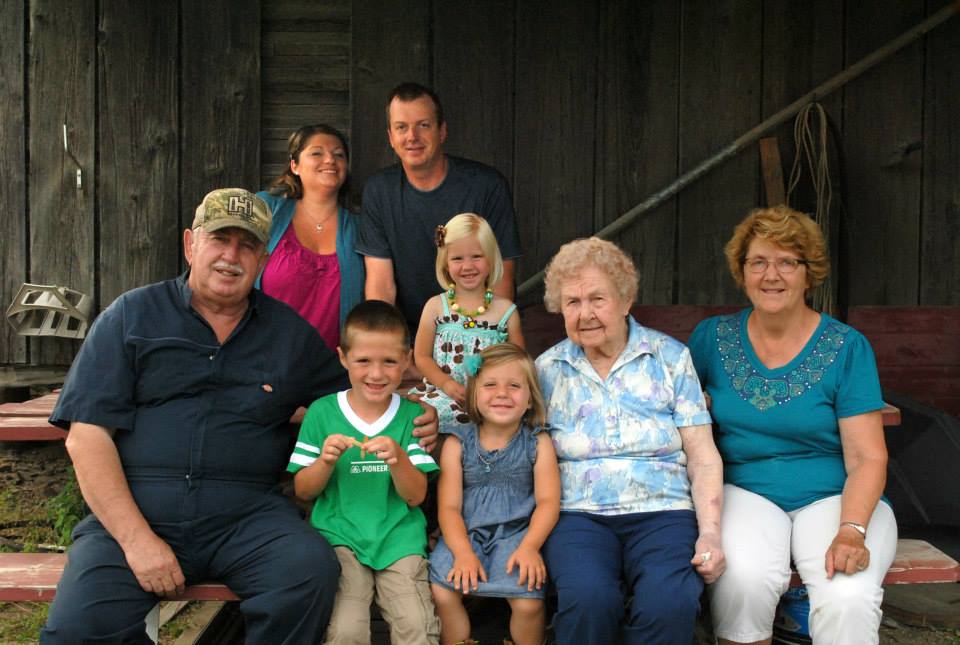

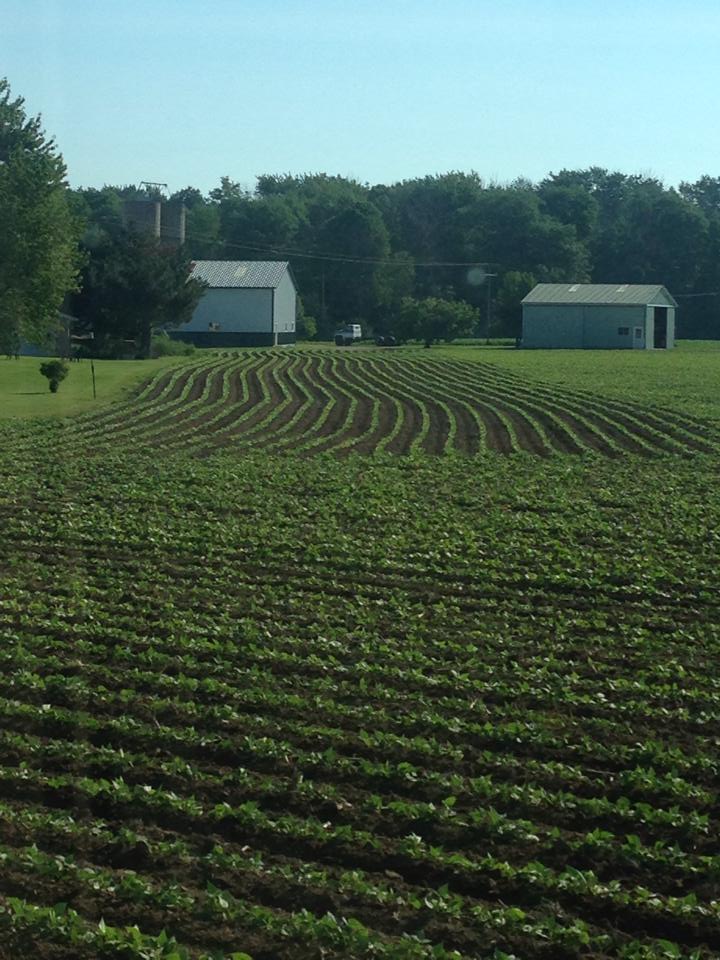
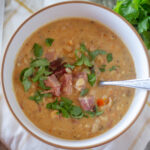
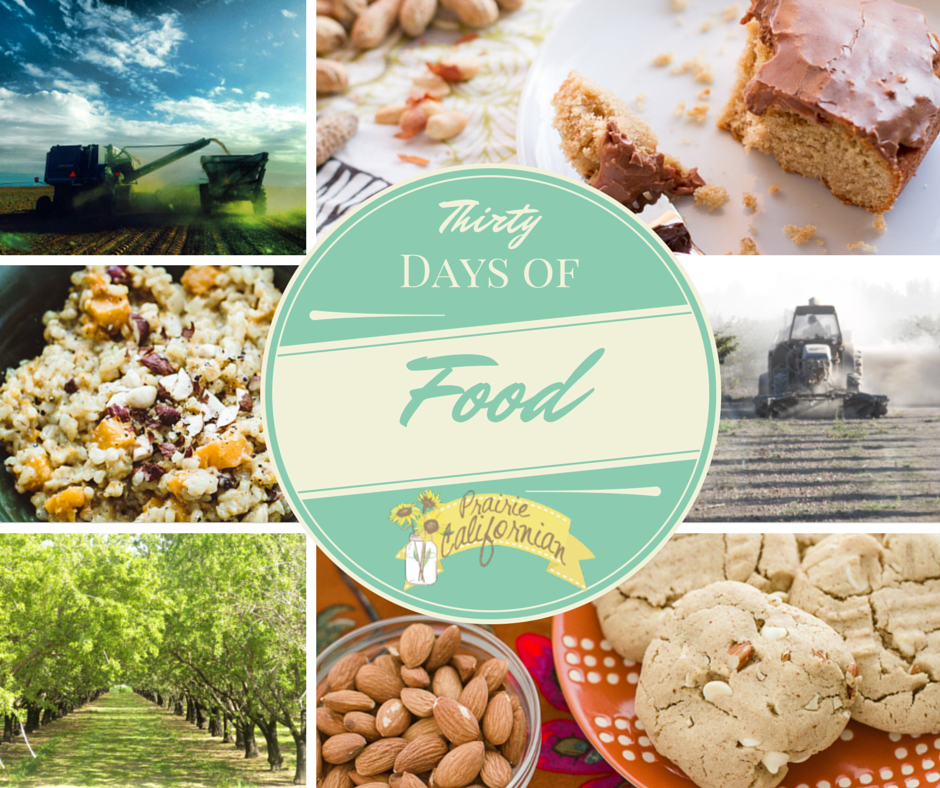
Hi Jenny,
I made your Grandma Betty’s baked beans a week ago for Butte City Volunteer Fire Dept. meeting. My hubby raved on & on about how good they were. I had browned the hamburger in the morning before work, then went home at noon & threw everything in crockpot & turned it on. The hubs picked up the food I’d made on his way to meeting that night. There were no beans left over that night, and I doubled the recipe. I didn’t even get a taste in. My Mom remembers your Gramma bringing them to my Voa’s for a family dinner a long time ago. I just wanted to share with you how popular your recipes are.
Keep up the great work.